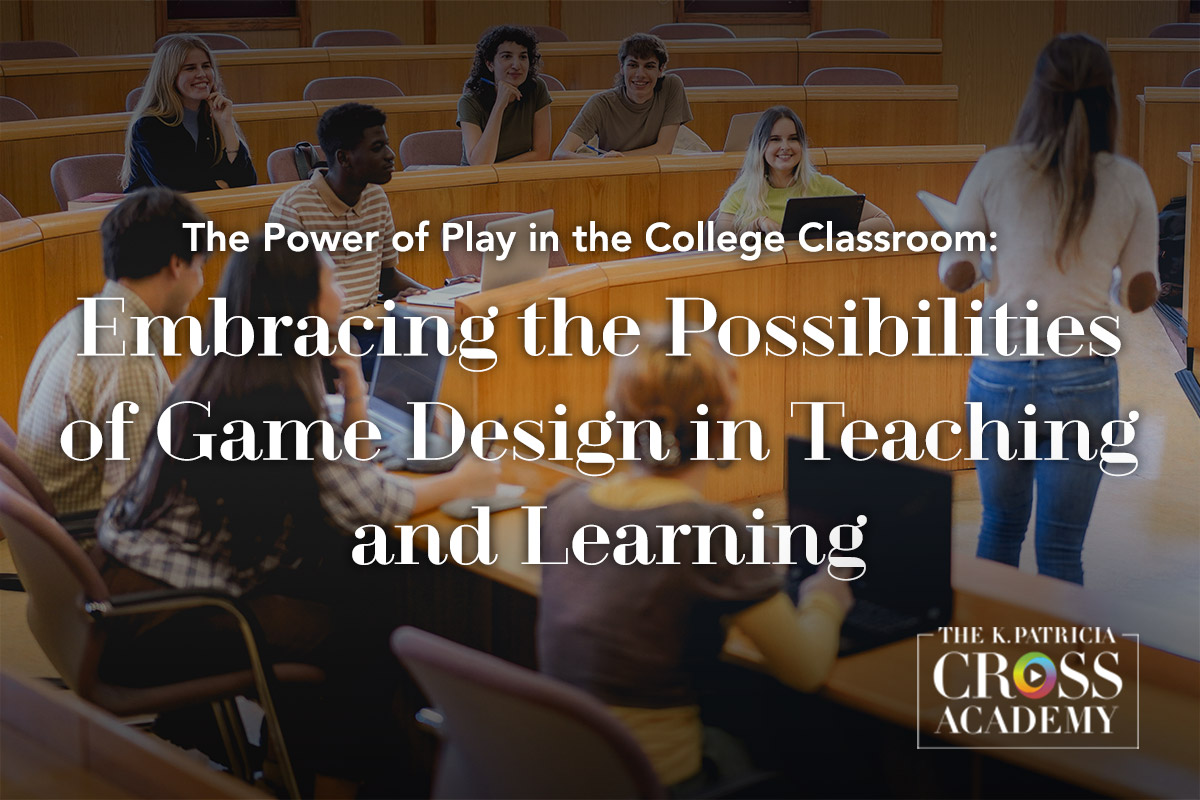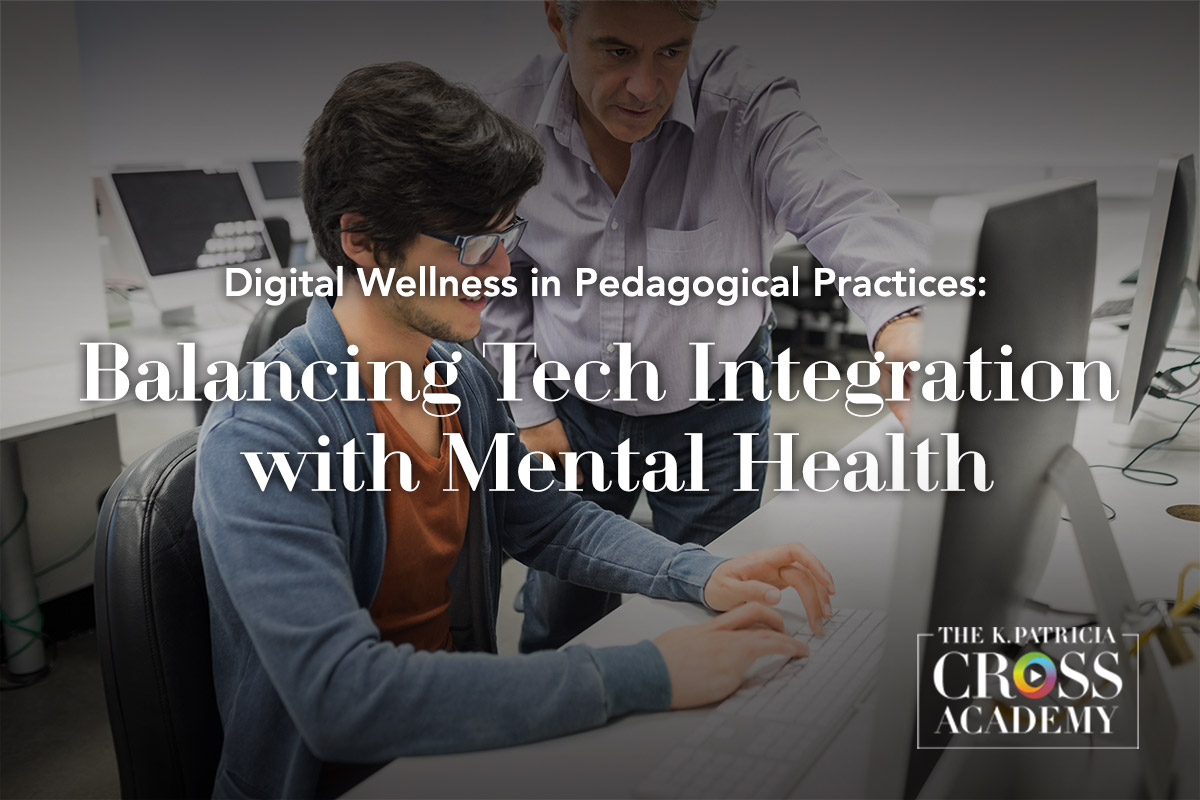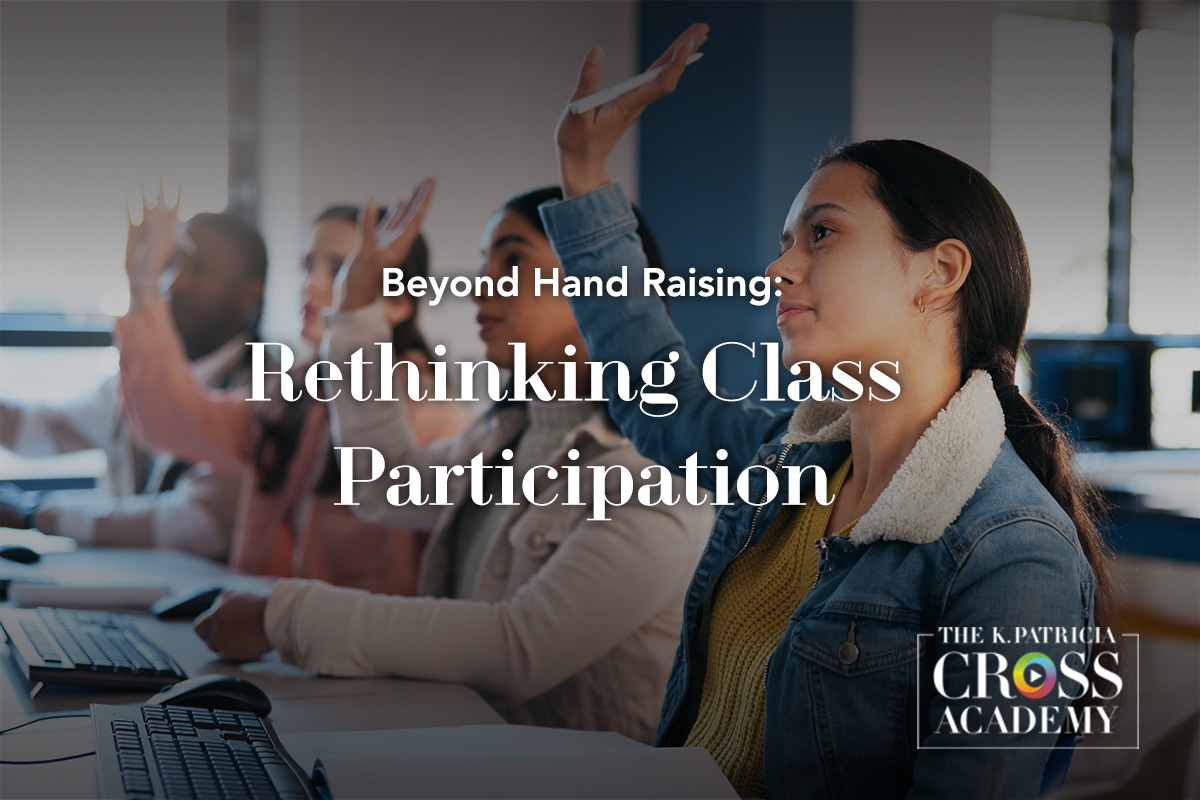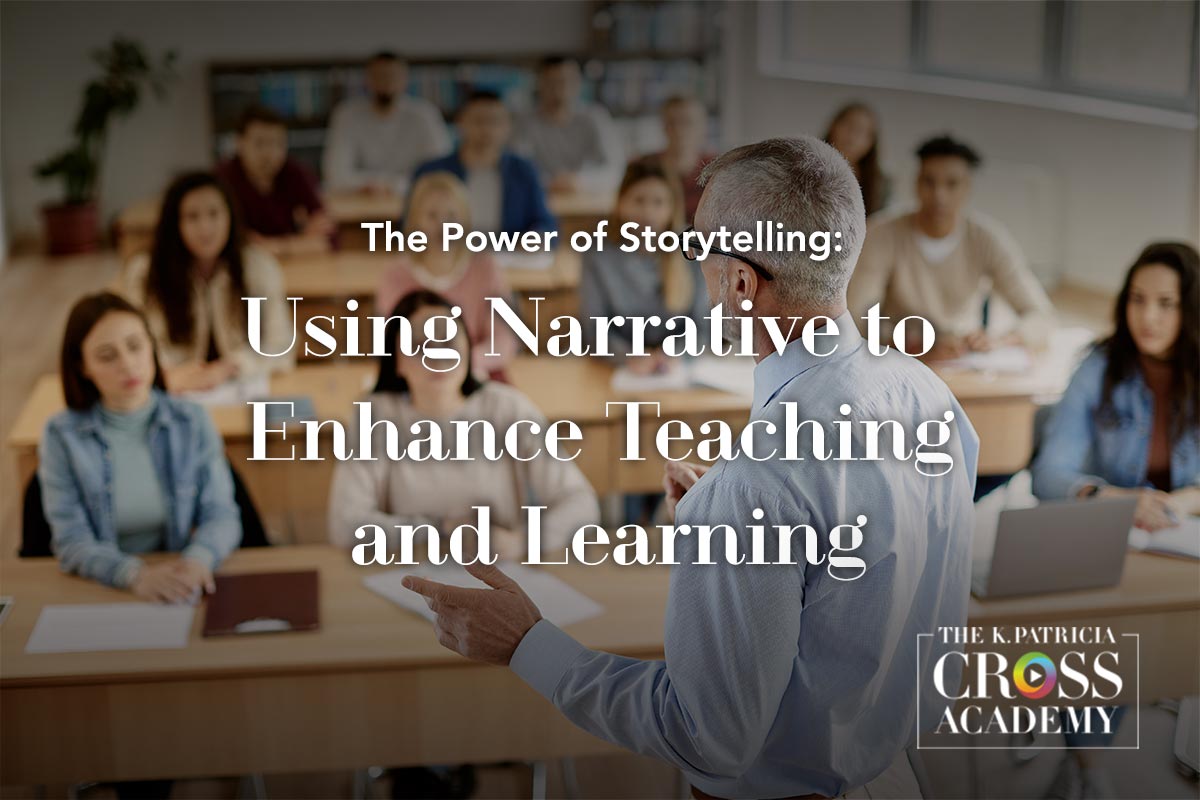
Introduction
Storytelling is a fundamental component of the human experience. For thousands of years, humans have used narrative to convey their understanding of the world around them, both verbally and in writing (Bayer & Hetting, 2019). As Dahlstrom (2014) explains, a traditional narrative structure with a clear beginning, middle, and end is far more engaging and emotionally charged than only listening to data. Telling stories is not only a useful way to present information, but also an important means of connecting with others by developing empathy through shared understanding (Bayer & Hetting, 2019; Hughes et al., 2022). Further, stories provide important context for complex ideas and situations by humanizing abstract concepts (Bayer & Hetting, 2019; Teng, 2023; Ginting et al., 2024). For these reasons, incorporating storytelling techniques into personal pedagogical practices is an excellent strategy for making the learning process more personalized, engaging, and memorable for students.

Practical Tips for Becoming a Better Storyteller
Many instructors hesitate to incorporate storytelling into their pedagogies because they doubt their ability to do it well.
Like any skill, successful storytelling requires planning and practice to master.
The tips below provide a framework for increasing confidence and technique in the art of storytelling:
-
Follow a Traditional Narrative Structure
- Stories that are easy to follow have a clear beginning, middle, and end. Focus on making the beginning of the story as engaging as possible so that students are invested early. Conversely, be careful to end the story with a strong key point or insight to avoid rambling (Brady, 2023).
-
Make the Stakes of the Story Clear
- Students should understand how the story relates not only to course learning outcomes, but also to their personal learning experiences (Hughes et al., 2022). The included details need to reinforce the problem or central conflict taking place (Brady, 2023).
-
Show and Don’t Tell
- Instead of telling the audience how you felt at a particular point in the story, provide descriptive details that serve a specific purpose. While your story will be crafted to evoke a certain response, anticipate a plethora of reactions from the audience (Brady, 2023).
-
Draft Your Story and Practice Before You Tell It
- Create a rough draft of your story and practice telling it out loud. You may do so in front of a variety of audiences or by yourself. (Brady, 2023).
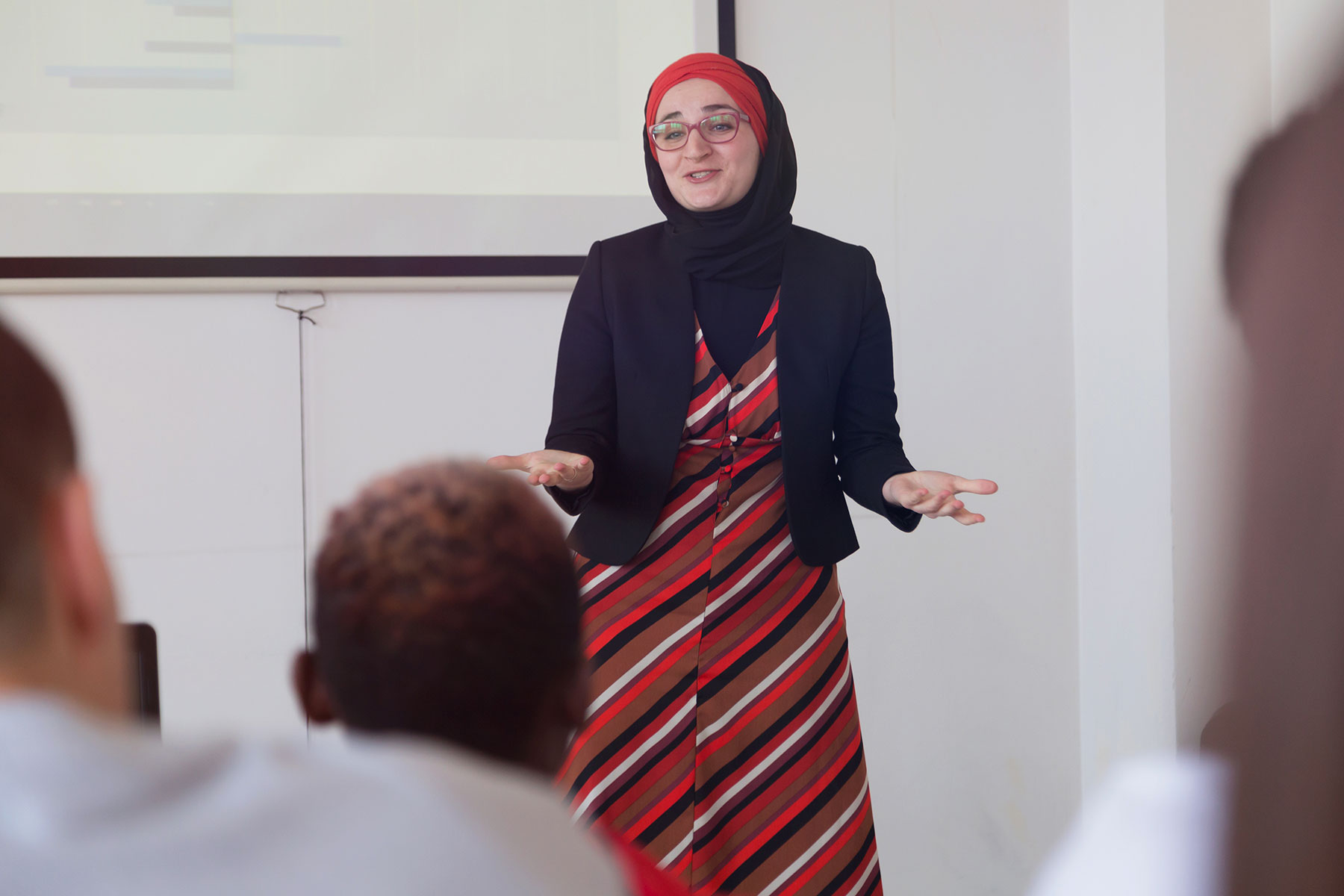
How to Use Different Storytelling Modalities in the Classroom
Stories have evolved beyond the oral tradition into print and other multimedia formats. This evolution has ensured that they have a much broader reach, increasing their ability to provide context across time, space, and culture (Rose & Johnson, 2025). Educators can harness this power to encourage learners to share their viewpoints and understand the experiences of others (Hughes et al., 2022). When deciding when and how to use storytelling in the classroom, consider incorporating the following modalities and techniques into your teaching practices:
-
Digital and Multimedia Projects
- Example: Ask students to use multimedia software (Adobe, Canva, etc.) to complete a digital story map where they craft researched narratives that engage course concepts. This project enhances the ability to synthesize information while developing practical research skills (Berendsen et al., 2018; Rose & Johnson, 2025).
- K. Patrica Cross Academy Teaching Technique: Digital Story [3:33]
- Students use computer-based tools, such as video, audio, graphics, and web publishing, to tell personal or academic stories about life experiences relevant to course themes.
-
Written Narratives
- Example: Instruct students to write text-based personal anecdotes that relate to specific class objectives to make recognizing real-world applications feel more personal (Eodice et al., 2019; Rose & Johnson, 2025).
- K. Patrica Cross Academy Teaching Technique: Contemporary Issues Journal [3:19]
- Students look for recent events or developments in the real world that are related to their coursework, then analyze these current affairs to identify the connections to course material in entries that they write in a journal in narrative format.
-
Oral Experiences
- Example: Tell traditional spoken word stories during lectures or class discussions. Capture students’ attention through intentional use of pacing, expression, and inflection. Using narrative in this way engages students emotionally and makes course concepts more memorable.
- K. Patrica Cross Academy Teaching Technique: Translate That! [2:15]
- In Translate That!, you pause your lecture and call on a student at random to “translate” the information you just provided into plain English for an imagined audience that you specify. This activity could easily be adapted to encourage students to translate the information into story format.
-
Image-Based Storytelling
- Example: Introduce a photo narrative assignment where students use images instead of text to explore a particular course goal or objective. Through this project, learners analyze the complexity of using visual representations to communicate complex ideas.
- K. Patrica Cross Academy Teaching Technique: Personal Learning Environment [3:56]
- A PLE is a set of people and digital resources an individual can access for the specific intent of learning. Students illustrate the potential connections through a visible network of the set. This activity essentially asks students to tell a story about their learning environment.
-
Case Studies and Historical Accounts
- Example: Invite students to read, watch, or listen to historical accounts or cultural stories and then write living history narratives from a historical or scientific point of view. This approach encourages students to develop first-person narratives that make connections across the disciplines, connecting the present with the past (Metz et al., 2007; Rose & Johnson, 2025).
- K. Patrica Cross Academy Teaching Technique: Case Studies [2:57]
- With Case Studies, student teams review a real-life problem scenario in depth. Team members apply course concepts to identify and evaluate alternative approaches to solving the problem in the form of a story.
-
Role-Play Scenarios or Experiments
- Example: Have learners investigate, design, and conduct a scientific or social experiment framed as a story. By interrogating the scientific method, learners make connections between the scientific method and narrative structure (Prins et al., 2017; Rose & Johnson, 2025).
- K. Patrica Cross Academy Teaching Technique: Role Play [2:43]
- A Role Play is a created situation in which students deliberately act out or assume characters or identities they would not normally assume to tell a story.
-
Place-Based Perspectives
- Example: Encourage students to visit a museum and/or monument to engage with material culture that relates to an idea or event explored in the course. Allow students to use documented information found at the site(s) as a source in a research-based narrative or project. Situating learning in authentic contexts prompts students to connect cultural artifacts with their own reconstruction of knowledge.
- K. Patrica Cross Academy Teaching Technique: Online Resource Scavenger Hunt [2:36]
- In an Online Resource Scavenger Hunt, students use the Internet to engage in fact-finding and information processing exercises using instructor-specified library and Internet sources. This exercise could easily be adapted to have students visit physical places and spaces to tell a story about a particular topic or subject.
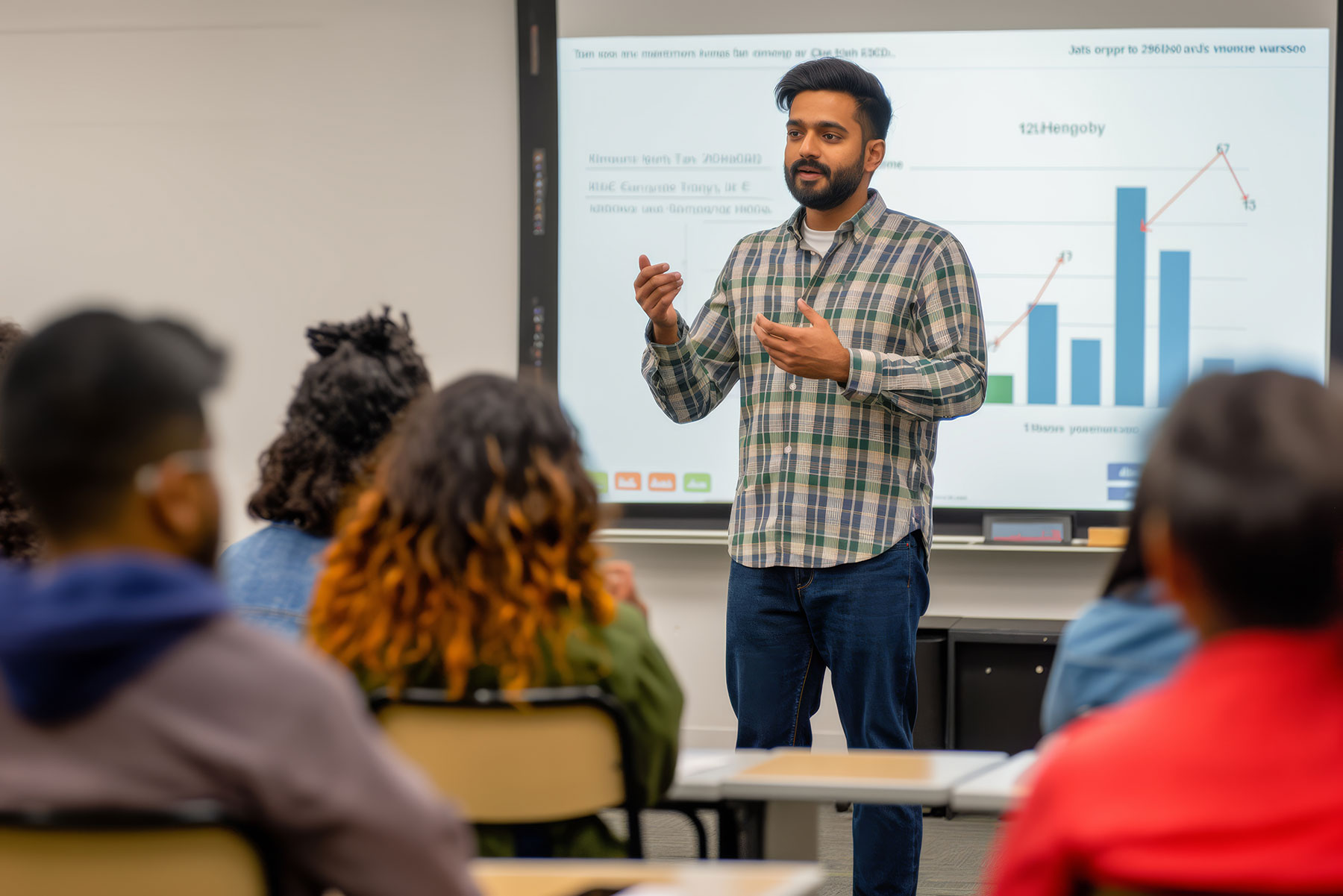
Conclusion
Although it has evolved over time, storytelling has endured as a trusted teaching method. It has the power to engage, entertain, and communicate complex ideas (Rose & Johnson, 2025).
When thoughtfully aligned with course goals and objectives, storytelling becomes an important tool to promote active learning in the classroom.
By intentionally integrating narrative elements into instruction and class discussions, educators can create a nonthreatening environment where students interrogate the world around them through careful reflection and active listening (Hughes et al, 2022).
Suggested Citation
Gutenson, L. D. (n.d.). The power of storytelling: Using narrative to enhance teaching and learning. CrossCurrents. https://kpcrossacademy.ua.edu/the-power-of-storytelling-using-narrative-to-enhance-teaching-and-learning/
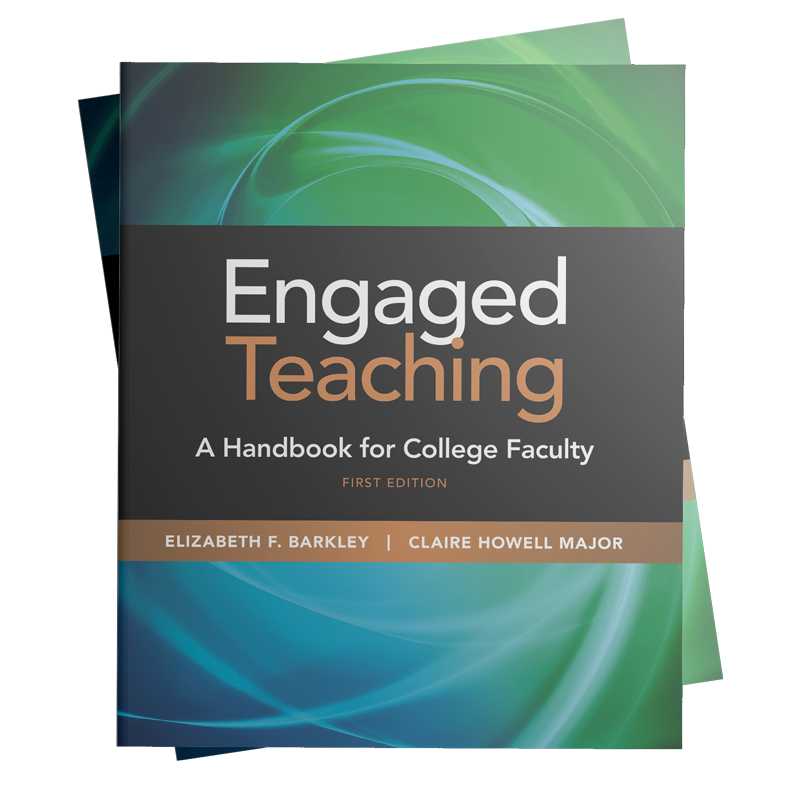
Engaged Teaching
A Handbook for College Faculty
Available now, Engaged Teaching: A Handbook for College Faculty provides college faculty with a dynamic model of what it means to be an engaged teacher and offers practical strategies and techniques for putting the model into practice.

